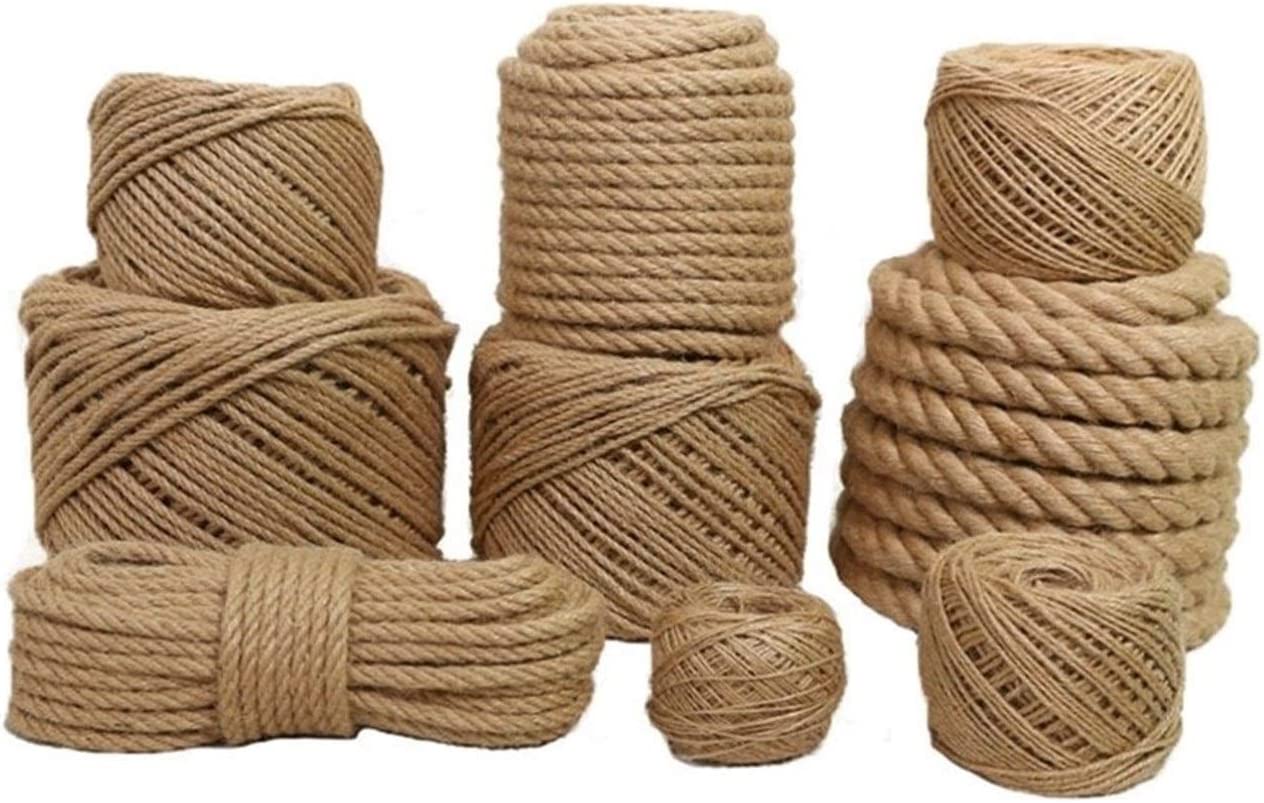In order to understand knitting knots, you need to know a few basic terms. The end of the rope, which is actively involved in the formation of the knot, is called the running or working end. In turn, the end that remains stationary and is not used when knitting a knot is called the root end.
An open loop is formed when the rope is bent, a closed loop is formed when its ends are crossed.
The term "rope" is applied to any braided product with a diameter of 10 mm. With a smaller thickness, the products are called "cord", "twine" or "thread". Rigging is a common name for ropes and laces.
A good knot has three qualities: it knits quickly, holds firmly and is easily untied if necessary. For many varieties of knots, there is more than one tying technique. So, for example, when the fastening or binding knot weakens significantly, they can be untied and tied again in the middle of the cable, without the participation of the running ring, as shown in the figures. The use of this method allows you to avoid sagging, make the knot strong and durable.
1. Take a base with a picket knot tied on it.
2. Loosen and separate the knot.
3. Remove the rope from the base.
4. Make a loop so that the running end of the rope is on top.
5. Make a second loop next to the first one, but this time the running end should be at the bottom.
6. Thread the second loop through the first and secure the resulting picket knot on the base.
The methods of knitting knots given on this site are chosen as one of the simplest and most understandable for the reader without special training. Discover interesting and convenient techniques by repeating the instructions step by step. Bringing the movements to automatism, you will gradually master even very complex knots.
















0 Comments